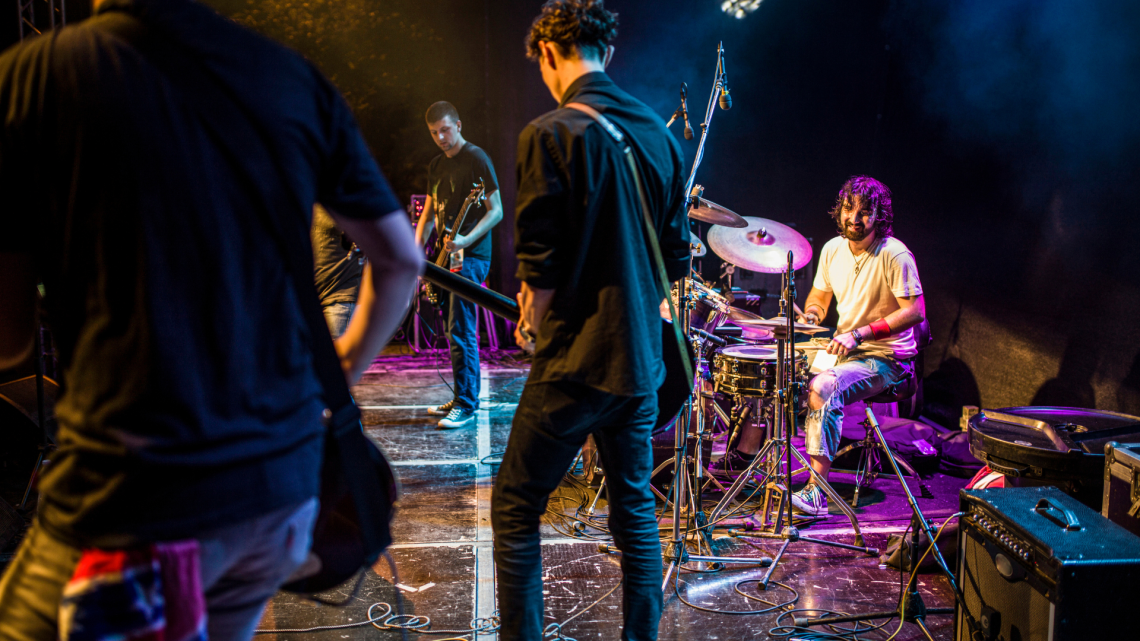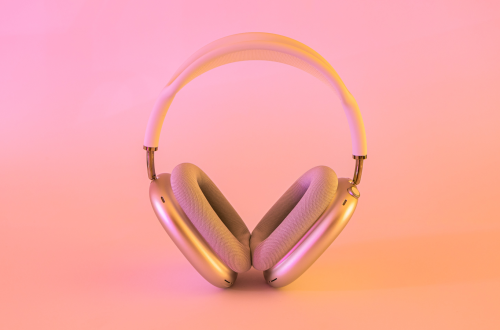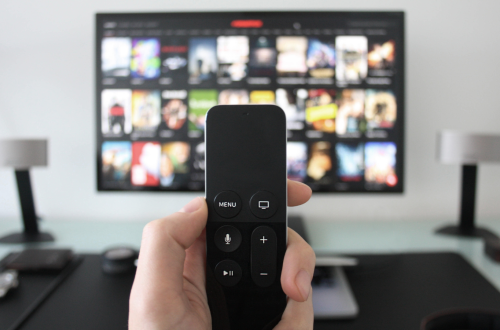
Modern Music: A Brief History of 21st Century Rock
In the 21st century, popular music has shifted away from traditional rock and roll, ushered in by bands like Radiohead and Nirvana. In this blog post, we’ll explore modern music through a brief history of 21st-century rock.
What is modern music?
Modern music is popular music that emerged in the 20th century. It typically relies on technological advances, such as electric instruments and recording studios, to create its sound. The term can describe various styles, from jazz and blues to rock and urban contemporary music. Modern music has also been described as “stripped down” or “pared down” compared to earlier styles, reflecting the influences of electronic music and industrial beats on popular songwriting.
The birth of modern music
The origins of modern music can be traced back to the early 20th century. This was a time of great technological advancement, with new electric instruments and recording studios becoming available to musicians. As a result, popular songwriters began experimenting with new sounds and melodies. Some of the earliest examples of modern music can be heard in recordings by artists such as Benny Goodman and Duke Ellington.
The development of rock ‘n’ roll
One of the most important styles of modern music, rock ‘n’ roll, was born out of African-American culture in the early 1940s. Blues songs inspired its energetic rhythms, and catchy melodies played on acoustic guitars. Rock ‘n’ roll quickly became popular worldwide, with performers like Elvis Presley achieving global fame. It remains one of the most influential genres today, with fans ranging from young adults to retirees!
How did Modern Music Develop?
The history of modern music can be traced back to the early 20th century when composers and musicians began experimenting with new sounds and styles. This was a time of great change, as new technologies allowed more widespread communication and collaboration between artists. One of the most influential figures in this period was Igor Stravinsky, who pioneered new techniques for composing music using modern instruments. He also helped to define the sound of 20th-century classical music by creating works like The Rite of Spring and The Firebird.
In the 1960s, rock ‘n’ roll emerged as a popular form of music thanks to bands like The Beatles and The Rolling Stones. These groups experiment with new soundscapes and rhythms, paving the way for future musical genres like disco and hip-hop.
As technology continues to evolve, so makes modern music. Today, we can find influences from all over the world in the latest trends in music playback technology. There’s no doubt that modern music has come a long way since its inception in the early 20th century – it’s now one of the most popular forms of entertainment on Earth!
Who are the major players in modern music?
The modern era of music can be traced back to the early 1900s when various popular music styles began to emerge. Some of the most well-known musicians from this era include Charlie Chaplin, Louis Armstrong, and Duke Ellington. During the 1950s and 1960s, rock ‘n’ roll became one of the most popular genres of music, with artists like Chuck Berry, Elvis Presley, and The Beatles dominating the charts. In the 1970s and 1980s, punk rock emerged as a popular genre of music, with bands like The Ramones and Sex Pistols becoming international sensations. In recent years, dancehall and electronic music have become increasingly popularized among younger audiences.
How has modern music evolved since the invention of the guitar and the first use of metal and punk rock?
Since the invention of the guitar and the first use of metal and punk rock, modern music has evolved greatly. Styles such as funk, disco, hard rock, and country have all come and gone over the years, with newer styles constantly emerging. One of the most notable changes in modern music is the development of electronic instruments and production techniques. This has allowed for a wider range of sounds to be created, both on acoustic instruments and in electronic contexts. At the same time, alternative rock has become increasingly popular, with artists such as Radiohead challenging traditional notions of what “modern music” is.
What are some examples of modern music and its genres?
The modern era of music started in the early 1900s with ragtime and swing. Ragtime was a dance form that featured syncopated rhythms and African-American influences. Swing was a popular dance style that combined jazz with classical European styles. In the 1920s, blues music became popular, and in the 1940s, rock ‘n’ roll emerged.
Rock ‘n’ roll was a mix of country, bluegrass, and jazz that changed how people listened to music. In the 1960s, psychedelic rock emerged as a new genre of rock music. Psychedelic rock was inspired by drugs such as LSD and marijuana, and it features heavier guitar sounds and longer song lengths than most other rock music genres.
In the late 1960s and early 1970s, funk became popular, and in the 1980s, alternative rock emerged as a new genre of rock music. Alternative rock is a mix of punk, heavy metal, indie rock, and electronic dance music that stands out from other genres because of its unique sound. Today, many different types of modern music continue to be popular worldwide.





